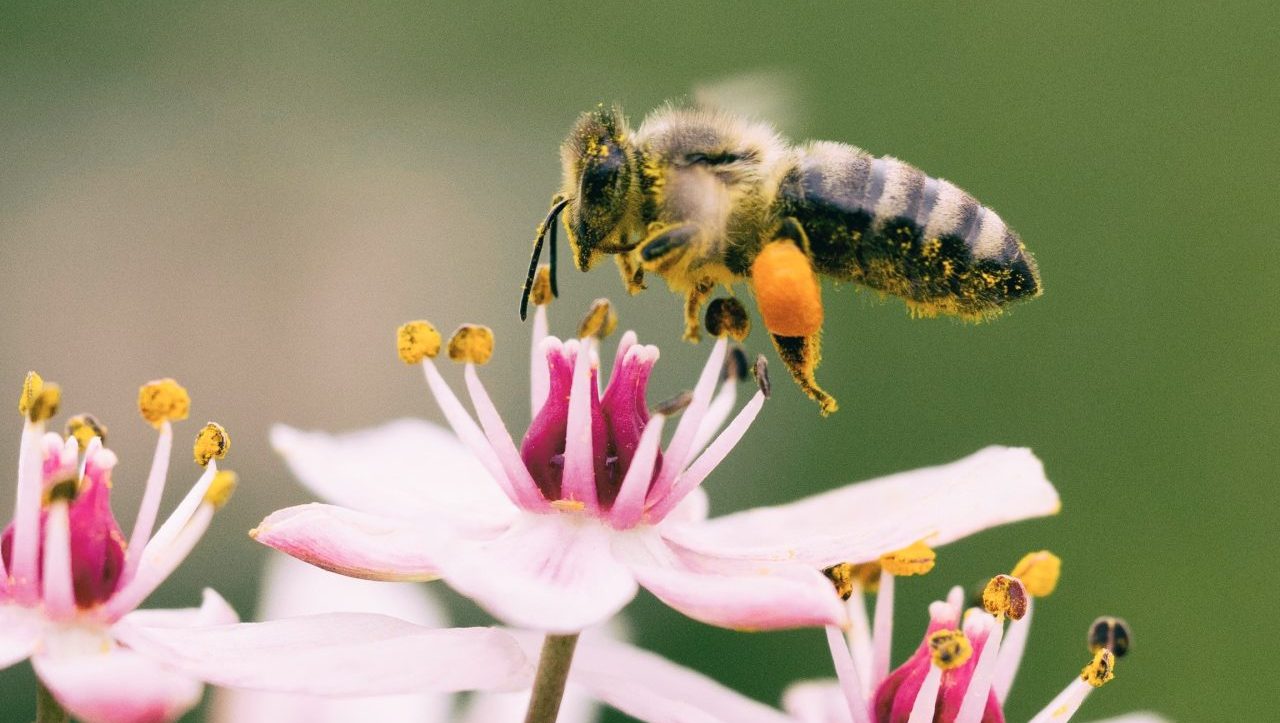There are many shrubs that can support bees and insects in Middle Europe. Here are a few examples:
- Elderberry (Sambucus nigra) – The elderberry is a common shrub found throughout Europe and produces large clusters of tiny white flowers in the spring. Bees are attracted to its sweet scent and collect nectar and pollen from the flowers.
- Hawthorn (Crataegus monogyna) – The hawthorn is a deciduous shrub that produces white or pink flowers in the spring. Bees are attracted to its sweet nectar and use the pollen to feed their young.
- Blackthorn (Prunus spinosa) – The blackthorn is a thorny shrub that produces white flowers in the early spring. Bees are attracted to its sweet nectar and use the pollen to feed their young.
- Common privet (Ligustrum vulgare) – The common privet is a deciduous shrub that produces small, white, fragrant flowers in the spring. Bees are attracted to its sweet nectar and collect pollen from the flowers.
- Dogwood (Cornus sanguinea) – The dogwood is a deciduous shrub that produces small clusters of white or pink flowers in the spring. Bees are attracted to its sweet nectar and use the pollen to feed their young.
- Heather (Calluna vulgaris) – Heather is a low-growing evergreen shrub that produces small pink, white, or purple flowers in the late summer and early autumn. Bees are attracted to its nectar and collect pollen from the flowers.
- Gorse (Ulex europaeus) – The gorse is a spiny evergreen shrub that produces bright yellow flowers in the spring and summer. Bees are attracted to its sweet nectar and use the pollen to feed their young.
- Willow (Salix spp.) – Willows are deciduous shrubs or trees that produce catkins in the spring, which are rich in pollen and nectar. Bees are attracted to the catkins and collect the pollen to feed their young.
- Blackberry (Rubus fruticosus) – Blackberry bushes produce white or pink flowers in the spring that attract bees with their sweet nectar. In the summer, the bushes produce delicious blackberries that also provide a valuable food source for bees.
- Rose (Rosa spp.) – Roses are deciduous shrubs or climbing plants that produce fragrant flowers in a variety of colors. Bees are attracted to the sweet nectar and collect pollen from the flowers.
- Wild cherry (Prunus avium) – Wild cherry is a deciduous tree or large shrub that produces clusters of white flowers in the spring. Bees are attracted to the sweet nectar and collect pollen from the flowers.
- Spindle (Euonymus europaeus) – The spindle is a deciduous shrub or small tree that produces small, greenish-yellow flowers in the spring. Bees are attracted to the sweet nectar and collect pollen from the flowers.
- Hazel (Corylus avellana) – Hazels are deciduous shrubs that produce yellow catkins in the winter and early spring. Bees are attracted to the pollen-rich catkins and collect the pollen to feed their young.
- Viburnum (Viburnum spp.) – Viburnums are deciduous or evergreen shrubs that produce clusters of white or pink flowers in the spring. Bees are attracted to the sweet nectar and collect pollen from the flowers.
These are just a few examples of the many shrubs that can support bees and insects in Middle Europe. When selecting shrubs, it is important to choose a variety of plants that flower at different times throughout the year, to ensure a consistent food supply for bees and other pollinators.
